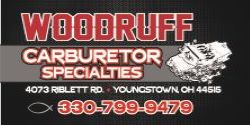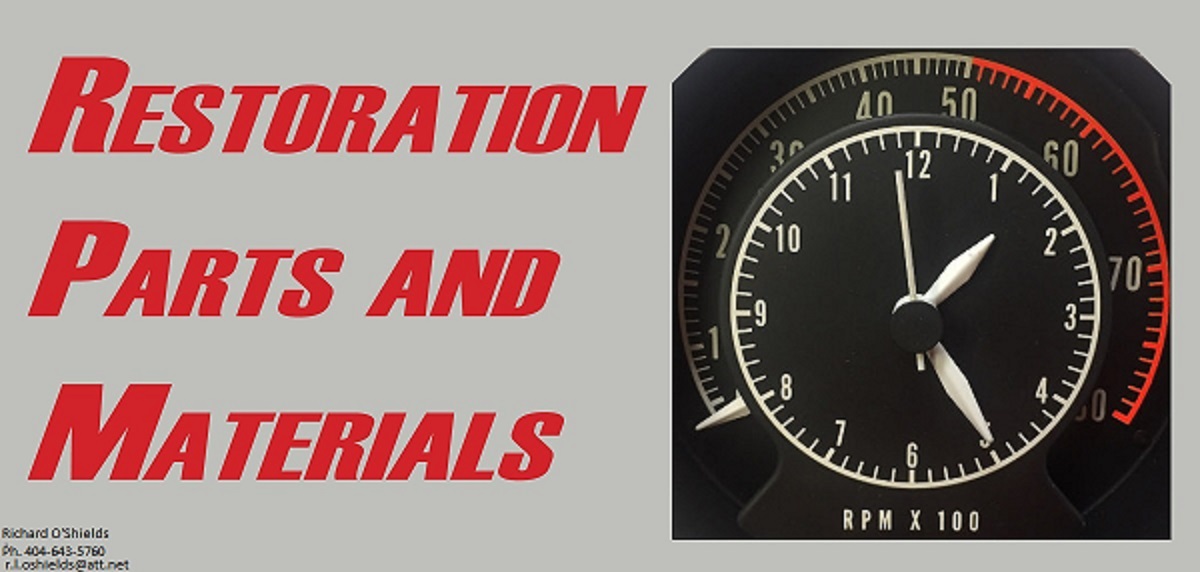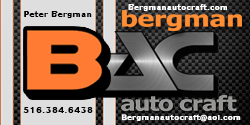What you describe as to repairs has been around long before you started to paint. Newer methods of blending have been devised. ANY paint is (as used to be on the DuPont factory pack pints) "photochemically reactive". Meaning that it will fade when exposed to UV light (fancy term for "daylight").
In about 1975, a friend had a red '74 Cougar his dad bought new for him to take to college. after a few years, it had "rash" on the side of it, so his dad paid for "spot repairs" to make it all look good again. Polished back out really nice, but by the 2nd year, the orig paint had continued to fade and the new paint had not got out of the orig color's range. SO, every spot repair was visible. No paint edges, just spots of newer paint. The car was red metallic, which adds another layer of expertise in getting the correct gun air pressure so the metallic lays out correctly.
I saw a PPG video on matching BC/CC paint, back then. Doing a panel repair. With a BC/CC repair, the "exact match" will not happen until the last coat of CC is applied. Kind of like the old Ford "special colors" where after the orig color is shot, each coat after that is diluted with clear until the final coat is mostly clear. Again, the "match" is not complete until that last coat of CC.
To me, the ONLY colors which can match well and hold their color matches is white and black, non-metallic paint. No matter how many stages it might have.
Enjoy!
CBODY67
















